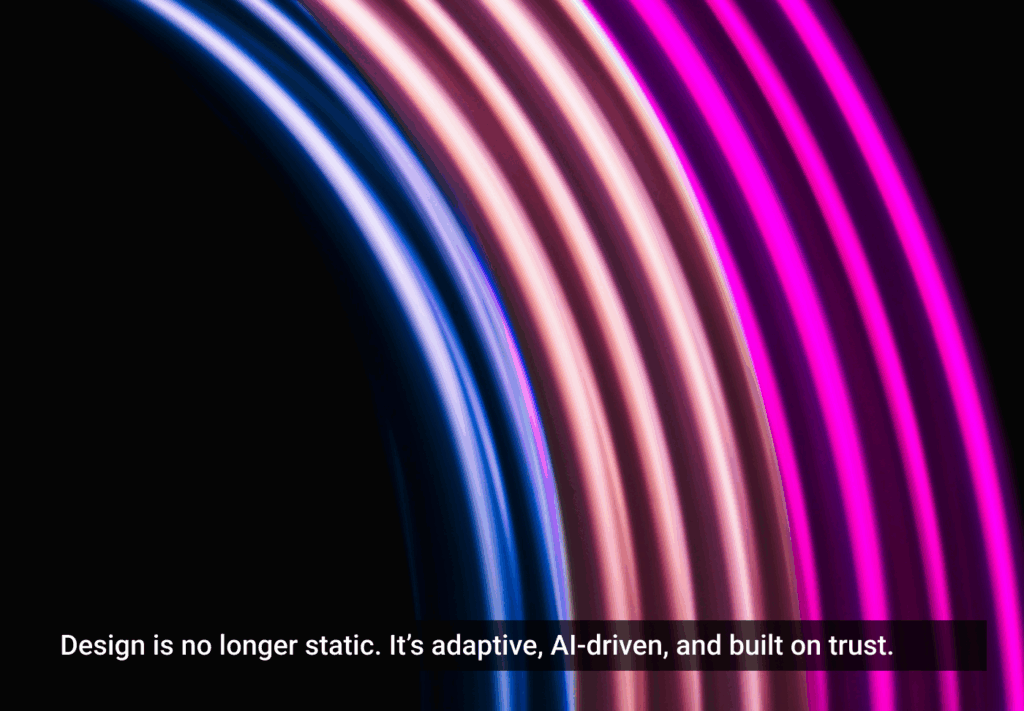- Cognition, Design Psychology, Psychology, Psychology and Human Behavior, User Experience, User Research, UX Design
Explore why psychology, not pixels, decides whether users flow effortlessly or freeze in confusion, and how understanding cognition changes everything about UX design.
Article by Tushar Deshmukh
The Cortex-First Approach: Why UX Starts Before the Screen
- The article explains why UX design fails when it ignores what users’ brains are already doing before they even see the interface or click the first button.
- The piece shows how aligning design with users’ mental models and emotional states creates effortless experiences, while violating them causes hesitation even in “perfect” interfaces.
- It outlines the Cortex-First approach, showing how great UX starts by understanding cognitive patterns, emotional responses, and subconscious expectations rather than visual aesthetics.
Share:The Cortex-First Approach: Why UX Starts Before the Screen
Share this link
- December 23, 2025
6 min read

- Human-Centered Design, Interaction Design, Usability, User Experience, UX Design
Learn how Don Norman‘s six interaction design principles explain why some things feel intuitive while others leave us frustrated.
Article by Paivi Salminen
Understanding Don Norman’s Principles of Interaction
- The article breaks down Don Norman‘s six design principles that help users understand products instantly without needing instructions or feeling confused.
- The piece shows how good design using Norman‘s principles makes everyday technology easier to use by matching how people naturally think and act.
Share:Understanding Don Norman’s Principles of Interaction
Share this link
- December 18, 2025
3 min read

- Accessibility, Design Ethics, Human-Centered Design, Inclusive Design, UX Design
Discover how ableism influences our interfaces and why real design begins with humanity, not assumptions.
Article by Tamara Sredojevic
Ableist Design: Challenging Systemic Norms
- The article claims that design often defaults to an able-bodied “norm,” making exclusion a structural rather than an unwanted consequence.
- It illustrates that accessibility mistakes come from assumptions: designers believe who the user is instead of investigating, researching, or involving Disabled people.
- The piece highlights that accessibility must be built in from the start and seen as an ethical, collective responsibility rather than a specialized add-on or professional task.
Share:Ableist Design: Challenging Systemic Norms
Share this link
- December 11, 2025
24 min read

- Artificial Intelligence, Design Leadership, Future of Design, Future of Work, Product Management
Uncover the AI-driven future of product management, where execution is automated and staying close to the market is key.
Article by Pavel Bukengolts
The AI-First Operator Is the New Product Manager
- The article explores how AI tools such as Startup.ai and Ideanote are turning ideas into products, minimizing the need for traditional project management jobs.
- It stresses that success in product management today depends on staying close to present market signals rather than coordinating or interpreting concepts.
- The piece highlights that the future belongs to quick thinkers: AI prioritizes ideas over resumes, leveling the playing field for innovators everywhere.
Share:The AI-First Operator Is the New Product Manager
Share this link
- December 4, 2025
3 min read

- AI in UX, Artificial Intelligence, Future of Design, Human-Centered Design, Interaction Design, Product Design, UX Design
Explore the future of design: AI-powered interfaces that adapt, stay human-focused, and build trust.
Article by Aroon Kumar
Beyond UI/UX: Designing Adaptive Experiences in the Age of AI
- The article discusses the shift from fixed interfaces to real-time experiences, switching the role of designers from creating screens to guiding how systems operate.
- The piece also stresses that, as experiences become personalized, they must maintain user trust, privacy, and authentic human connection.
Share:Beyond UI/UX: Designing Adaptive Experiences in the Age of AI
Share this link
- December 2, 2025
5 min read

- AI in UX, Artificial Intelligence, Design Research, Human-Centered Design, UX Research
Explore how design researchers can earn the trust and buy-in that give studies impact, even as AI shifts how teams work.
Article by Sara Fortier
Earning the Right to Research: Stakeholder Buy-In and Influence in the AI x UX Era
- The article emphasizes that synthetic data and AI tools promise speed, but not the alignment or shared purpose that makes design research effective in solving design problems.
- It asserts that meaningful human-centred design begins with trust and the permission to conduct research properly (i.e., strategically).
- The piece outlines how to build stakeholder buy-in for design research through practical strategies that build influence piece by piece within an organization.
- Adapted from the book Design Research Mastery, it offers grounded ways to enable impactful user studies in today’s AI-driven landscape.
Share:Earning the Right to Research: Stakeholder Buy-In and Influence in the AI x UX Era
Share this link
- November 27, 2025
12 min read


